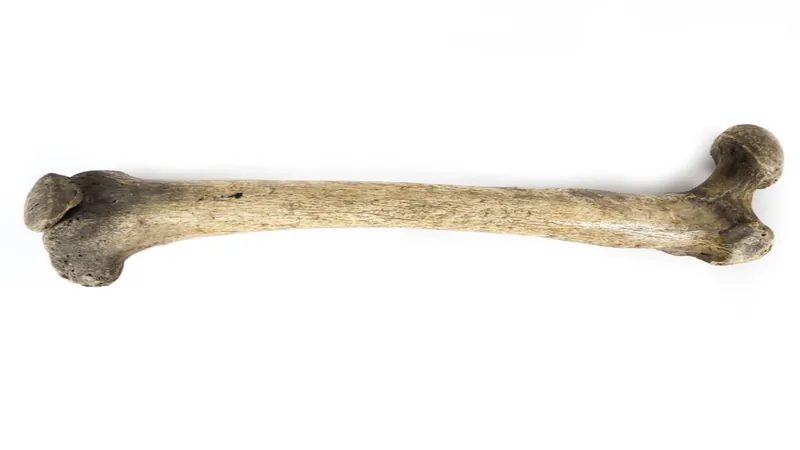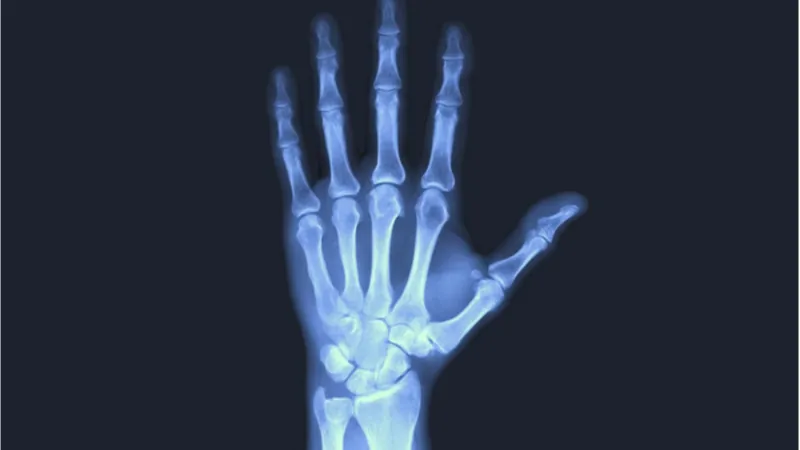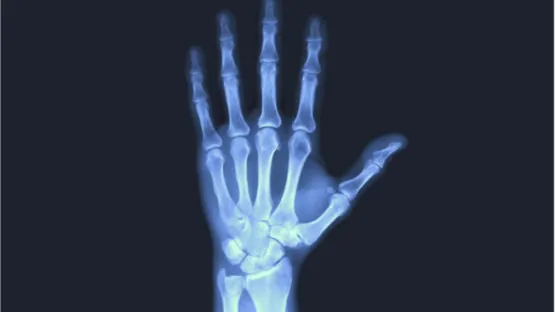Researchers have discovered that two growth factors, BMP4 and VEGF, can be used together in a single implant to promote bone regrowth after injury.

Read More
Because of bone’s natural self-healing abilities, it has provided regenerative medicine with some of its earliest successes. However, as with many tissues, the defects that can be treated are currently limited in size. The problem is twofold for bone. First, large defects are often critically protective or load-bearing. Mechanically, bone is particularly unique in our bodies, and these properties can be difficult to recapitulate.
Second, blood flow throughout the defect site becomes an issue when attempting to regenerate large tissue defects. Small defects can heal effectively because their volume is never too far from intact blood vessels. Without blood flow, cells don’t receive the oxygen and nutrients they need to survive; therefore, they can’t regrow tissue either.
A new approach to an old problem
Researchers at Seoul National University have recently made major progress on this second limitation. [1] In a new study, they designed an implant with specialized inner and outer regions. The inner region contained BMP4, a key growth factor known to promote bone regeneration, and was composed of a gelatin/chitosan hydrogel with a small pore size and slow degradation rate.
The outer region contained VEGF, a key growth factor that promotes vascularization and was composed of a gelatin/heparin hydrogel which had larger pore sizes and a faster degradation rate.
In this way, VEGF was released rapidly into the body first. VEGF has been shown to be particularly beneficial in the early stages of bone regeneration, but long-term exposure can actually hinder bone formation.
However, by including this growth factor only in the outer portion of the implant and in a hydrogel which is rapidly released, VEGF can stimulate rapid vascularization towards the deeper portions of the implant but not overstay its welcome. On the other hand, the slow release of BMP-4 not only sustains long-term osteogenesis but may also prevent unwanted side effects, such as ectopic bone formation.
The researchers were able to show proof-of-concept both in vitro using adipose-derived stem cells and in vivo by replacing a portion of the skulls of mice with these implants. The adipose-derived stem cells quickly differentiated towards an osteogenic lineage, while the mice who received these implants regenerated more bone and more vasculature while having less fibrotic scar tissue than the controls.
Bone regeneration is a complicated physiological process regulated by several growth factors. In particular, vascular endothelial growth factor (VEGF) and bone morphogenetic protein-4 (BMP-4) are regarded as key factors that induce bone regeneration by angiogenesis and osteogenesis. In this study, we developed a double cryogel system (DC) composed of gelatin/chitosan cryogel (GC) surrounded by gelatin/heparin cryogel (GH) for dual drug delivery with different release kinetics. VEGF was loaded in GH (outer layer of DC) for the initial release of VEGF to induce angiogenesis and provide blood supply in the defect area, while BMP-4 was loaded in GC (inner layer of DC) that leads to sustained release for continuous osteogenic induction. After analyzing characteristics of the double cryogel system such as porosity, degradation rate, swelling ratio, and mechanical properties, we evaluated release kinetics of VEGF (initial release) and BMP-4 (sustained-release) by ELISA. Then, the timely release of VEGF and BMP from DC synergistically induced in vitro osteogenic differentiation as confirmed by alkaline phosphatase staining, Alizarin Red S staining, and real-time PCR analysis. Finally, a critical-sized cranial defect model confirmed the enhanced bone regeneration as a result of dual release growth factor mechanisms.
Conclusion
While the defects treated in this study were still quite small, as is unavoidable in mouse studies, the researchers’ strategy shows considerable promise for future studies of larger defects.
Literature
[1] Lee, S. S., Kim, J. H., Jeong, J., Kim, S. H. L., Koh, R. H., Kim, I., … & Hwang, N. S. (2020). Sequential growth factor releasing double cryogel system for enhanced bone regeneration. Biomaterials, 257, 120223.



